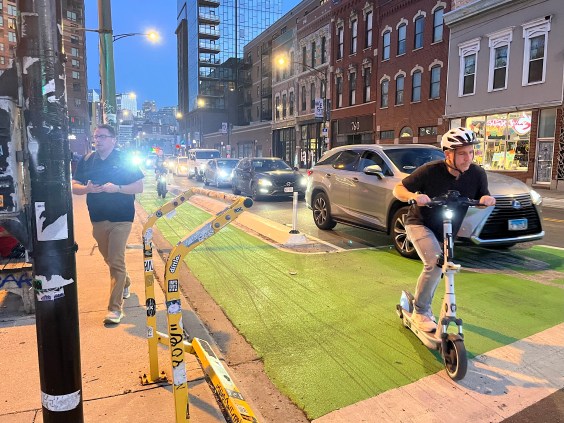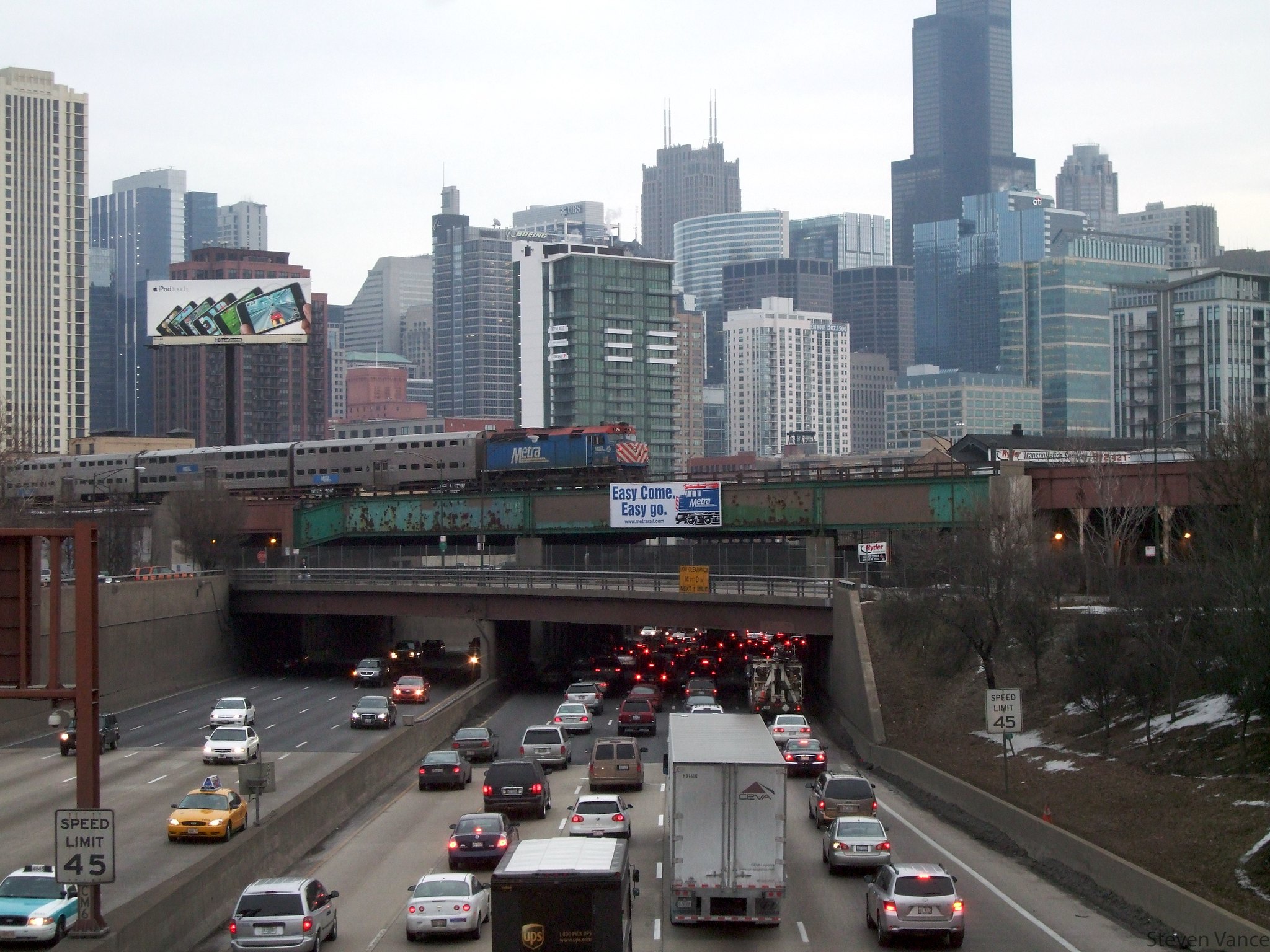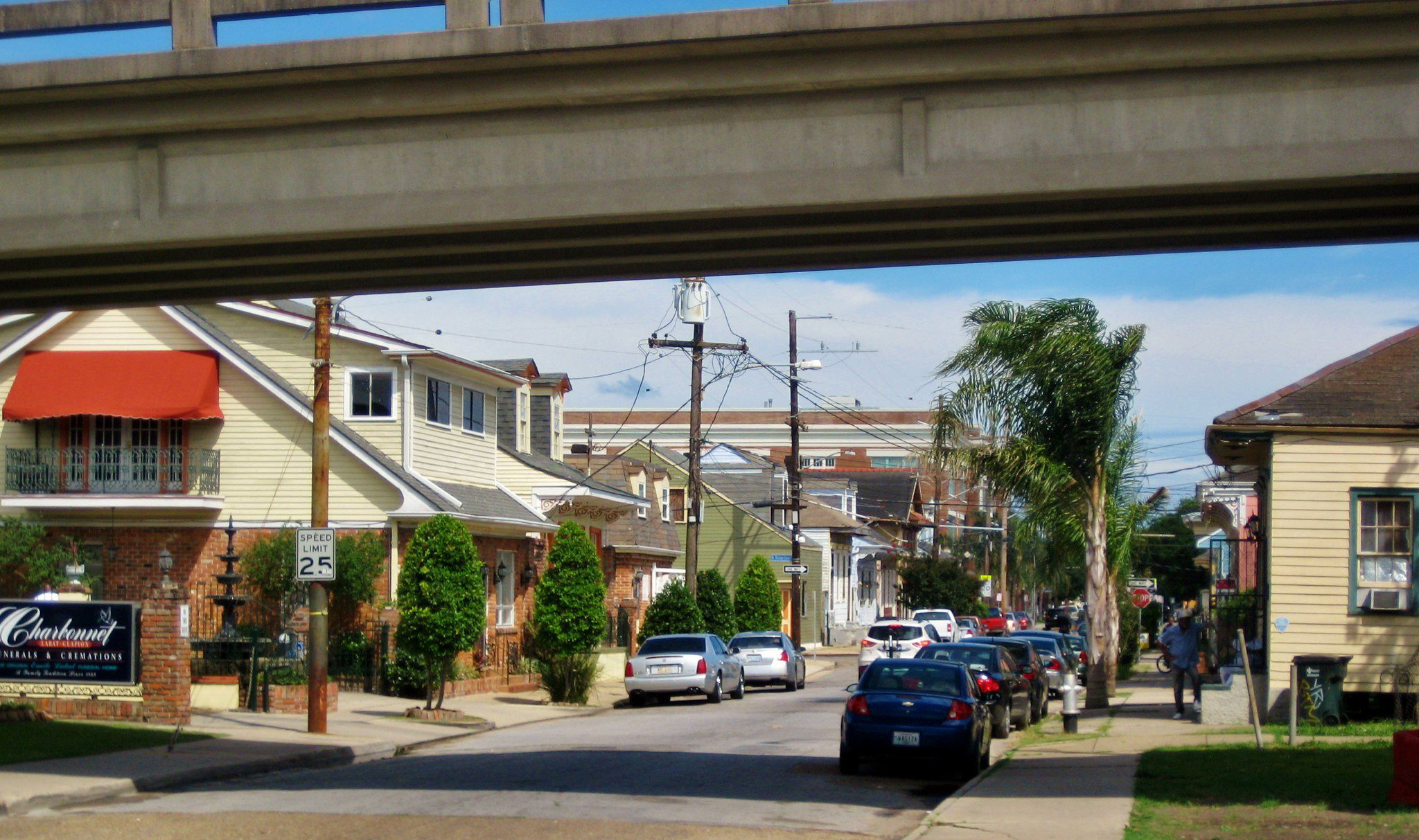Robert Peck says he’ll gladly pay more to locate office buildings near transit – the time saved commuting makes it worthwhile.

Peck isn’t any old office manager. He’s the commissioner of the GSA Public Buildings Service, also known as “the landlord for the civilian federal government.” He's in charge of acquiring office space for all federal departments and agencies.
So if he’s paying attention to transit access, it has enormous effects. In the Washington area, especially, the federal government is a big enough tenant that developers compete against each other to build according to federal specifications. As part of Executive Order 13514 [PDF], a 2009 Obama administration initiative that mandated federal agencies to pay more attention to reducing their carbon footprint, those specifications now include transit access and mixed uses.
Specifically, the measure calls on federal agencies to ensure “that planning for new Federal facilities or new leases includes consideration of sites that are pedestrian friendly, near existing employment centers, and accessible to public transit, and emphasizes existing central cities and, in rural communities, existing or planned town centers.”
Under Peck, the GSA looked at how space is utilized in white-collar office locations. They found that on any given day, about a third of the employees don’t report to work – they’re either traveling on business, on vacation, away at meetings, or home sick – and then another third are around but aren’t sitting at their desk at any given moment.
This inspired Peck and others at the Public Buildings Service to look into streamlining office space. “This is going to change the way we do real estate,” he speculated. After all, if at any given moment, two-thirds of an office’s employees are away from their desks, why provide so many desks? Smaller spaces can mean less sprawling office complexes and more accommodation of mixed uses.
In fact, Peck says, in the process of modernizing GSA’s headquarters, he “fought security people” and put retail on the bottom floor, instead of following standard federal-building protocol of surrounding the building with bollards and making it unfriendly to the public.
The GSA itself is still not allowed to develop mixed-use buildings on federally owned properties. But when looking for space to buy, they seek buildings that are located near amenities, including appropriate and affordable housing for their employees. And when leasing, they’re free to push the buildings they rent from toward a mix of uses.
GSA is following some of its own prescriptions about work stations, too. Though they haven’t abandoned the concept of assigning everyone his or her own work space, the spaces have gotten smaller and more “urban” in style, without cubicle-type partitions. People resisted it, he said, but in the end, “people are social animals.”
“People get very attached to where they are,” Peck said, “even if it’s a terrible place.” But in the end, people overcame their initial resistance to change. Peck and his colleagues found that employees are more productive in the new, denser work environment, despite concerns about distractions, and they like coming to the office more.





